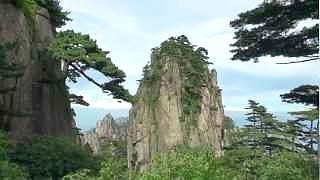With TechAnalytics Hub ...
(Part 3 coming soon)
[640],shadow=true,start=,stop=Live more ...
 Chip Wars – how the supremacist US tries to squash all other countries’ development
Chip Wars – how the supremacist US tries to squash all other countries’ developmentWith TechAnalytics Hub ...
(Part 3 coming soon)
[640],shadow=true,start=,stop=

|
With Einar Tangen ...
|

|
With Daniel Dumbrill and The New Atlas ...
|

|
In AnHui province.
|

|
With The New Atlas ...
With NuMuves ...
With The New Atlas ...
Meanwhile ...
|

|
Capital of HuNan province.
With Walk East ...
1:26 Changsha Lieshi Park
54:20 Downtown Night Walk
1:36:06 Orange Island Park Night Walk
|

|
QingHai province
The group is called HAYA, together with singer DaiQing Tana, and the song is in both mandarin and mongolian. The song is based on a QingHai folk tune. Beautiful in every way ...
|